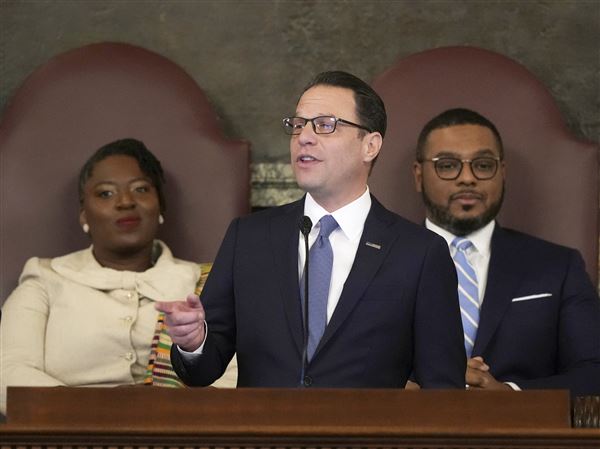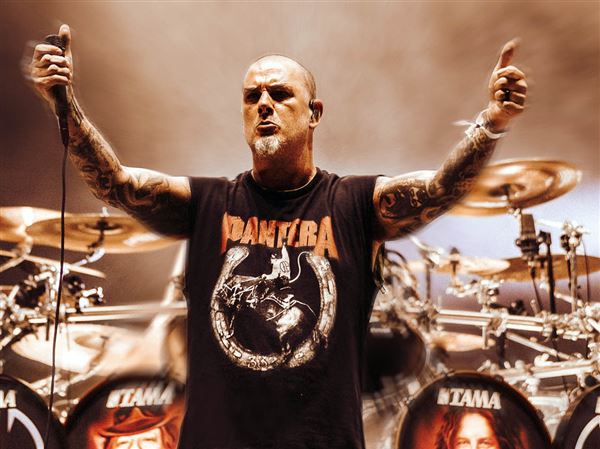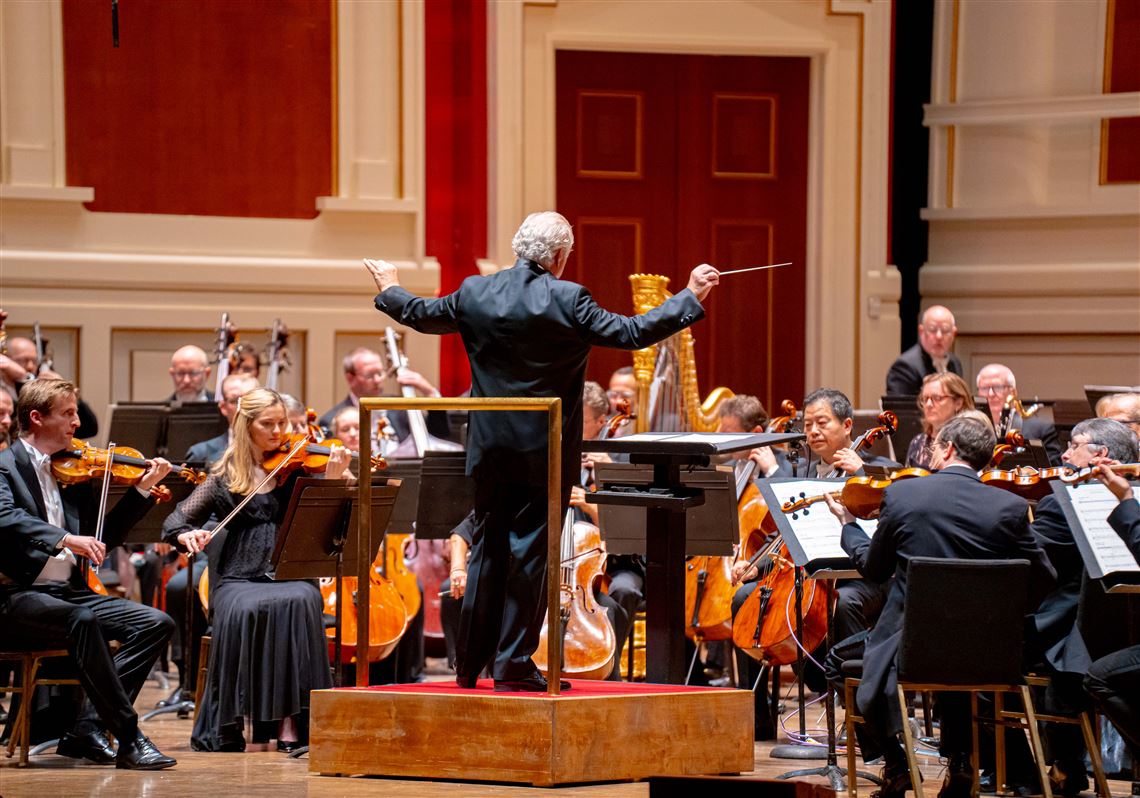Conventional wisdom dictates that when offered the same job at two different companies, most employees would take the job that paid better.
But there’s long been an important exception here: nonprofits. Employees who believe in the mission of a company and believe that they are contributing to the public good are often willing to take a job at lower pay than at a profit-driven corporation.
This was particularly true in the arts and culture sector, which has long been able to hire administrative staff at below market rates on account of their employees’ passion for the art form.
Well, the pandemic has changed that, and the sector is experiencing some severe growing pains.
Take the Pittsburgh Symphony Orchestra, one of the top orchestras in the U.S. by all available metrics. Aside from its musicians, the symphony employs dozens of administrative employees in fundraising, marketing, operations and more in its quest to bring the highest quality classical music to Pittsburgh residents.
“Let’s just say, historically, people have gotten a job with our institutions because of their love of our mission,” said Melia Tourangeau, the symphony’s president and CEO. “But people’s attitudes changed during the pandemic.”
In 2021, roughly half of the symphony’s staff departed for other positions, with many citing compensation and work/life balance as the top reasons for their departure.
The symphony is far from alone. Regional orchestras in the area and many other local performing arts organizations in the city have reported extreme turnover at every level of employment.
Pandemic and pay
There are new leaders at the Pittsburgh Cultural Trust, Pittsburgh Ballet Theatre and Quantum Theatre. Countrywide, data from the League of American Orchestras and OPERA America indicates more frequent turnover in post-COVID years. According to a recent National Council of Nonprofits Workforce survey, 75% of nonprofit respondents reported vacancies, with more than half of those reporting more vacancies compared to the start of the pandemic.
“We can talk about all these things impacting turnover, but at the end of the day, if you can’t pay at market rate you’re not going to retain employees,” said Michelle Heck, president of the local recruitment firm Nonprofit Talent.
It's not all bad news — the rate of turnover has slowed significantly compared to the previous seasons. In 2022, the Pittsburgh Symphony reported that its turnover rate fell to a more manageable 20%. It continues to drop but has not reached a normal rate yet.
This is indicative of several trends in the arts and culture sector:
• Wages are increasing to be more competitive with for-profit companies.
• Flexible scheduling and remote work remain hugely important to arts administration employees.
• Companies are being forced to address employee “burnout,” long a buzzword in the arts world, to increase retention.
Arts groups’ ability to hire employees at under market rates has diminished, according to several industry CEOs and experts. This doesn’t mean that people are less invested in their organizations’ missions, leaders argued, but instead that compensation and work/life balance have become more important across the board.
“Now, we have to hire at market rates, and that also means we’ve had to adjust people that were already here,” Tourangeau said. “Bad on us for not doing that sooner.”
The question is: Where will these organizations, many of which are still struggling to rebuild audiences and donor bases in light of changing ticket-buying and donor behaviors, find the capital to invest in their staffs?
Money vs. flexibility
“I could certainly make more money if I go back to the for-profit side,” said Chris Cox, director of marketing and communications at Pittsburgh Opera.
“I took less money for this job, and I’m sure many of my colleagues could take higher paying jobs.”
Cox noted that many individuals who choose to work in arts administration have some sort of artistic background and a passion for the arts, but for various reasons they chose administration over full-time performance.
The opera, which employs roughly 25 full-time staff, is actually an outlier, as it “didn’t actually have a significant increase in turnover after the pandemic,” Cox said.
He pointed to the opera’s practice of flexible scheduling — employees have summer Fridays and lots of flexible time off to compensate for the nights and weekends they spend working shows during the year. This allows for more time with family.
“In some ways, being able to work in a place like this is a luxury,” Cox said.
Unlike corporate 9-5 jobs, arts workers often work evenings and weekends. If employees aren’t allowed to take time off during the week to compensate — which historically, many groups have been quite strict about — many employees report feelings of burnout after only short stints in the arts.
“The number one questions I get today from people looking for jobs is: ‘Is it hybrid? Is it remote? How many days do I have to be in the office?,’” said Kevin Ferra, founder of Pittsburgh-based Ferra Executive Search.
“Companies that are clear about when employees are expected to be ‘on’ and ‘off’ signal a culture that’s paying attention to work/life balance,” he added.
The Pittsburgh Symphony asks employees to be in the office three days a week in addition to concert duties, allowing them to work from home on the other days. The Pittsburgh Cultural Trust asks employees to be in office four days a week. Others are even more flexible.
Human capital
Heck said that when an organization invests in its employees, they are more likely to stay.
“A sense of belonging matters a lot. It helps people stay vs. leaving for $1,000 or $2,000 more at another organization,” she noted.
In many cases, companies stand to lose more money from having to rehire for the same position than they do by increasing salaries slightly.
The Pittsburgh Cultural Trust employees nearly 130 people full time. Like the symphony and other large performing arts organizations, it experienced high turnover that is now slowing in the wake of the pandemic.
“We’ve had to be more competitive. We’ve increased salaries and wages to increase both recruitment and retention,” said Kendra Whitlock Ingram, who took on the role of president and CEO of the Pittsburgh Cultural Trust in February.
So where is the money for the increased salaries coming from? After all, most performing arts organizations rely on donations rather than earned income like ticket sales to fund their budgets.
“We’re going to have to raise additional funds and create additional streams of revenue to offset the increased wages. That’s just the new normal,” she said.
Ingram noted that the is grappling with higher costs of goods and services across the board.
In addition to increasing wages and flexibility, she, Tourangeau and Heck all said that more deliberate onboarding practices and community building could help companies retain employees, as staff who understand how they are contributing to an organization’s mission are more likely to feel connected and to stay.
“This crisis has forced organizations to reevaluate their staffing models,” Heck said. “Companies have eliminated or created new positions and are being far more intentional about salary and flexibility. This is a good thing.”
Jeremy Reynolds: jreynolds@post-gazette.com. His work at the Post-Gazette is supported in part by a grant from the San Francisco Conservatory of Music, Getty Foundation and Rubin Institute.
First Published: October 5, 2023, 9:30 a.m.
Updated: October 6, 2023, 2:44 p.m.

















